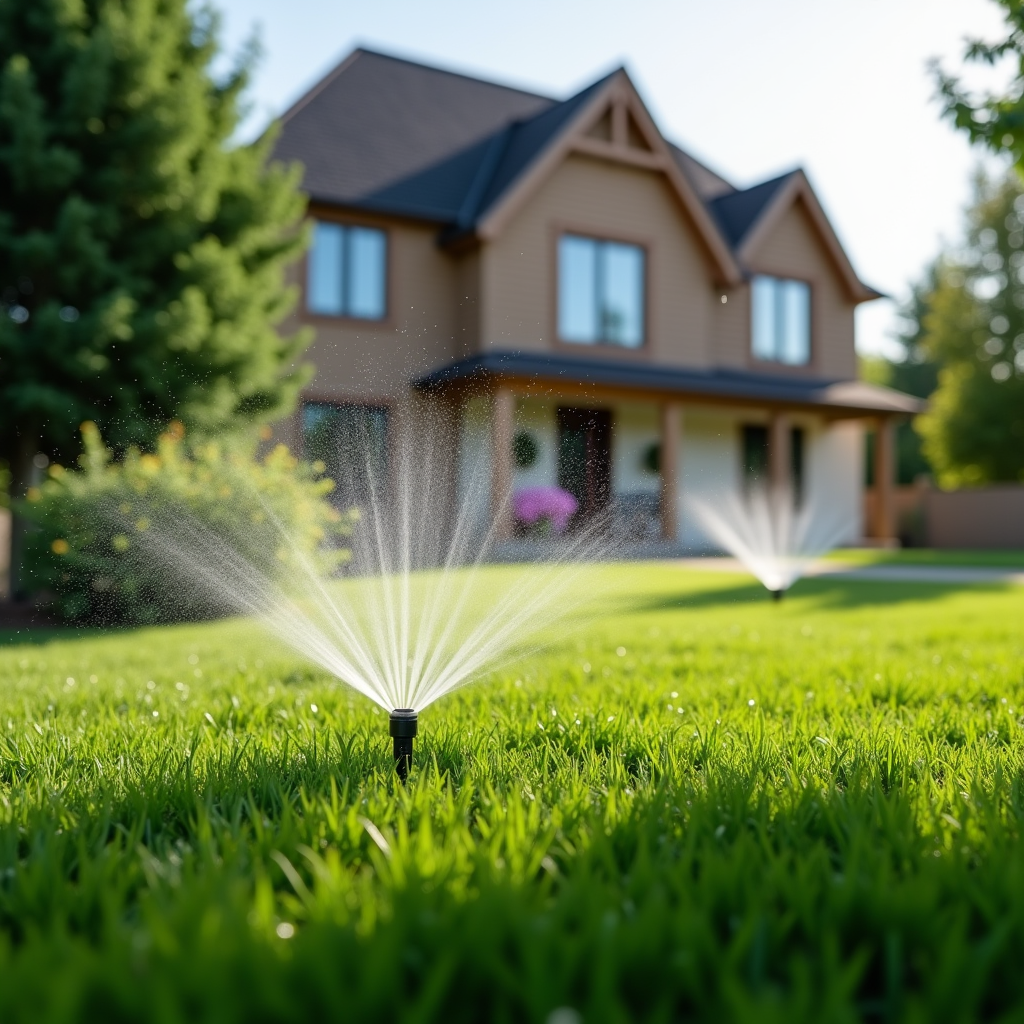Introduction
Maintaining a healthy and vibrant yard is a dream for many homeowners in Greensboro. However, the presence of pests can quickly turn that dream into a nightmare. Thankfully, the world of landscaping offers an array of natural pest control methods that are not only effective but also environmentally friendly. This article, titled “Exploring Natural Pest Control Methods for your Greensbor Yards!”, delves into these techniques, helping you create a lush garden without resorting to harmful chemicals.
Understanding the Importance of Natural Pest Control
What is Natural Pest Control?
Natural pest control refers to methods of managing pests using organic materials and ecological principles rather than synthetic chemicals. It’s about working with nature rather than against it. In Greensboro, where landscaping is an integral part of home aesthetics, adopting these methods can be both beneficial for the environment and effective in keeping your yard healthy.
Why Choose Natural Over Chemical Solutions?
Using chemical pesticides may offer immediate results, but they come with a host of side effects including soil degradation, water pollution, and harm to beneficial insects. In contrast, natural pest control methods promote biodiversity and sustainable landscaping practices in Greensboro.
The Benefits of Using Natural Pest Control
Eco-Friendly: Protects your local ecosystem. Safe for Pets and Children: Reduces risks associated with chemical exposure. Sustainable Practices: Encourages long-term health of your landscape. Cost-Effective: Many natural solutions can be made from household items or plants.Exploring Natural Pest Control Methods for Your Greensbor Yards!
1. Companion Planting: Nature's Best Defense
Companion planting involves growing certain plants together that enhance each other's growth while repelling pests. For example:
- Marigolds: Known to deter nematodes and aphids. Basil: Repels flies and mosquitoes when planted alongside tomatoes.
2. Beneficial Insects: Allies in Your Garden
Introduce beneficial insects like ladybugs and lacewings which prey on common pests like aphids and spider mites. Creating a habitat that attracts these allies can significantly reduce pest populations.
3. Diatomaceous Earth: A Natural Barrier
Diatomaceous earth (DE) is a fine powder made from fossilized algae that can be sprinkled around plants to deter soft-bodied insects like slugs and ants. DE works by dehydrating these pests upon contact.
4. Homemade Sprays: Simple Yet Effective Solutions
Creating homemade sprays using ingredients like garlic or hot peppers can repel unwanted insects:
- Garlic Spray Recipe: Blend 2 bulbs of garlic with water Strain the mixture Spray on affected areas
5. Organic Mulching Techniques
Mulching not only conserves moisture but can also prevent weed growth which often attracts pests. Use organic materials such as straw or wood chips.

Creating a Healthy Ecosystem in Your Yard
6. Soil Health: The Foundation of Pest Management
Healthy soil leads to robust plants that are naturally resistant to disease and pests. Regularly amend http://cesarjzeu920.lowescouponn.com/balancing-aesthetics-and-functionality-in-commercial-landscaping your soil with compost to boost its nutrient levels.
Subheading: What Are Some Good Soil Amendments?
- Compost Worm castings Bone meal
7. Water Management Strategies
Overwatering can lead to root rot and attract unwanted pests like fungus gnats. Implementing proper irrigation techniques ensures plants stay hydrated without becoming susceptible to infestations.
Identifying Common Pests in Greensboro Landscaping
8. Recognizing Pests Early On
Being able to identify pests early is crucial for effective management strategies:
- Aphids Spider Mites Japanese Beetles
9. Monitoring Techniques for Effective Management
Regular inspections during the growing season will help catch infestations before they escalate:

- Visual inspections Sticky traps
Enhancing Plant Resistance Naturally
10. Choosing Native Plants
Native plants are adapted to the local climate and soil conditions, making them less susceptible to pests compared to non-native species.
11. Crop Rotation Practices
For vegetable gardens, rotating crops each season helps break cycles of pest infestations specific to certain plants.
Utilizing Organic Fertilizers for Enhanced Growth
12. Types of Organic Fertilizers Suitable for Greensboro Yards
Using organic fertilizers not only nourishes your plants but also strengthens their defenses against pests:
- Fish emulsion Seaweed extract
Physical Barriers Against Pests
13. Row Covers and Netting Techniques
Row covers protect young seedlings from insects while allowing light and moisture through.
Subheading: When Should You Use Row Covers?
Ideal during early spring when seedlings are most vulnerable.

Behavioral Tactics Against Pests
14. Timing Your Planting Wisely
Planting at the right time can help avoid peak pest seasons—early spring planting might help you miss out on some pesky intruders!
#
FAQ Section
li21/ol2/li22li22/ol3li23# How does companion planting work?- Certain plants emit odors or have properties that ward off specific pests; planting them together creates a natural deterrent system.
- Chemical pesticides can harm beneficial organisms in your garden, disrupt ecosystems, contaminate water sources, and pose health risks to humans and pets.
- Absolutely! With the right combination of native plants, good soil health practices, and natural pest controls, you can maintain an attractive landscape without harmful chemicals.
Conclusion
In conclusion, “Exploring Natural Pest Control Methods for your Greensbor Yards!” reveals that there’s no need for harsh chemicals when it comes to maintaining your greenspace in Greensboro landscaping projects; nature has provided us with numerous options at our disposal! By implementing natural pest management techniques like companion planting, encouraging beneficial insects, creating healthy ecosystems through improved soil health practices, using organic fertilizers wisely—homeowners can cultivate beautiful yards while protecting both human health and environmental integrity!
Ultimately it’s about balancing aesthetics with sustainability—making sure you’re doing right by both yourself AND Mother Nature! So why not dive into these wonderful strategies today? Happy gardening!